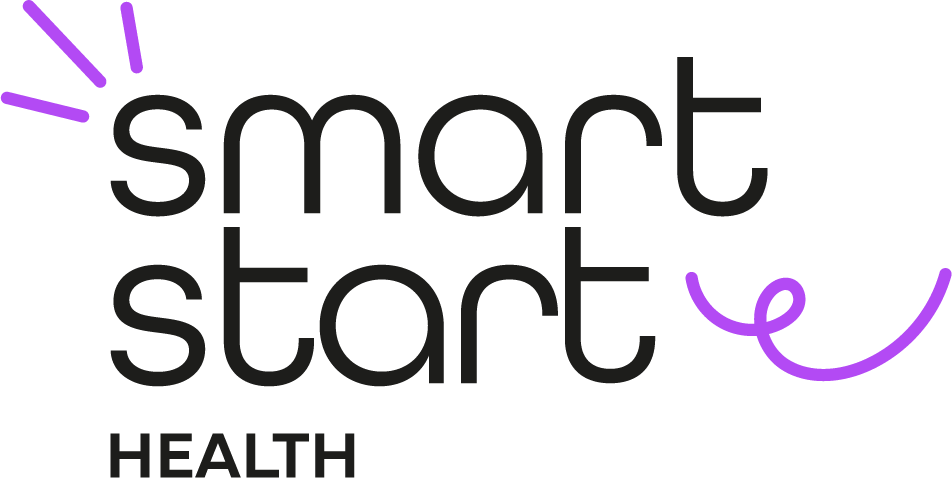FAQs
What is continuous glucose monitoring (CGM)?
CGM is a medical technology that shows glucose levels in real time, without pricking a finger. CGM is a powerful tool to help people manage diabetes and achieve tighter control.
What equipment is needed to use CGM ?
A CGM system involves three main components: the sensor, transmitter and receiver. The CGM sensor sends glucose value data via a transmitter to a receiver.
A CGM sensor is usually worn on the back of the arm or the abdomen for 10-14 days (depending on the specific system) before being replaced. Most CGM systems are intended for people to use at home and don’t require a healthcare professional to insert the sensor
A transmitter may be for single use or reused across multiple sensors, depending on the specific system
The receiver - either a smartphone app or dedicated reader device - displays glucose level readings and graphs and can issue alerts related to glucose trends and system operations
What makes CGM better than traditional fingerstick blood glucose testing?
CGM provides much more information about glucose trends than fingerstick blood glucose tests because it shows real-time values and graphs. Traditional fingerstick self-monitoring of blood glucose (SMBG) can only give a blood glucose reading for a single point in time.
What are the key limitations of current models of CGM user education?
Variation: Starting to use CGM raises many questions but initiation support from ranges from none to highly time- and resource-intensive
Lack of knowledge assessment: ad hoc, small group or 1:1 training programs don’t coherently assess users’ progress
Time: the COVID-19 pandemic has exacerbated time pressures on clinical teams and led to a huge backlog of postponed appointments and missed health checks. Delays in CGM initiation and user education because of insufficient clinical resources are likely to increase rates of costly and debilitating diabetes complications
Why is scalable CGM user education an urgent priority?
CGM use is expanding rapidly, and there are now up to 159 million potential CGM users worldwide. But in-person CGM training is not scalable or easy for users to access remotely
Primary care providers rather than diabetes specialists will become the main prescribers of CGM as the evidence base supporting the use of CGM in people with type 2 diabetes on non-intensive insulin therapy and non-insulin treatments grows. SmartStart CGM will give them the support they need to confidently offer CGM to their patients
Why is SmartStart CGM different, and what difference will it make?
Effective, accessible, scalable CGM user education designed to help CGM users achieve their diabetes management goals with greater quality of life, over the long term
Based on a validated CGM education program that’s proven to increase users’ knowledge of CGM by over 40%
Facilitating access to CGM for more people who can benefit from using the technology by reducing friction, costs and time along the care pathway. We aim to integrate with with electronic medical records and remote monitoring platforms to allow healthcare teams to track their patients’ progress as they use SmartStart CGM
